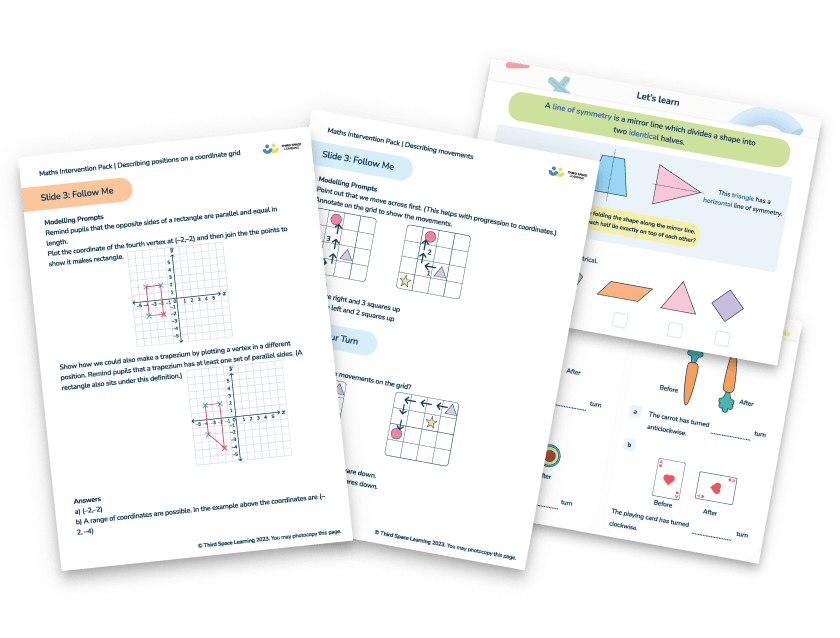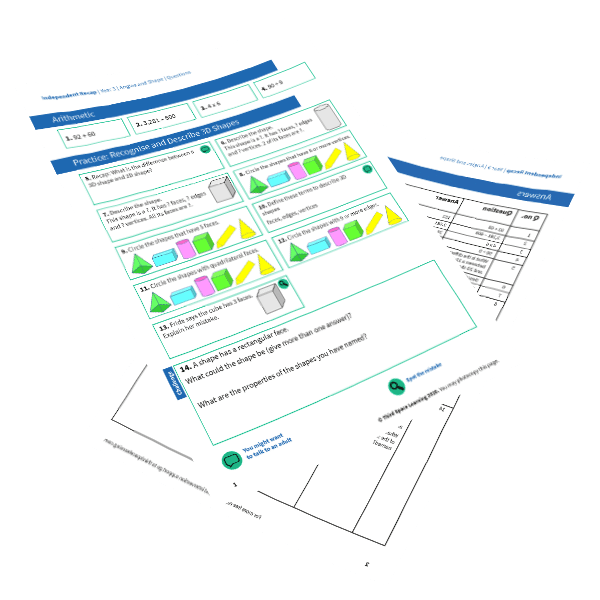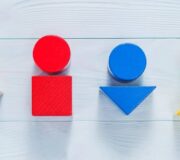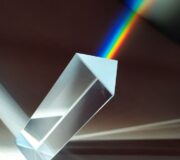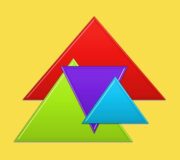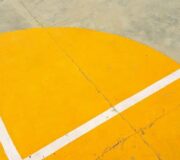What Are 3D Shapes And Which 3D Shapes Names Do Kids Learn At Primary School
3D shapes in primary school are taught as early as Year 1 when children encounter cuboids, pyramids and cones. Here is how to support children in KS1 and KS2 to understand what 3D shapes are, how to identify and recognise specific 3D shapes, and how we compare and contrast 3D shapes using a list of properties.
What are 3D shapes?
3D shapes are shapes with three dimensions, such as width, height and depth. An example of a 3D shape is a prism or a sphere. 3D shapes are multidimensional and can be physically held.
What does 3D mean
3D in 3D shapes stands for 3-dimensional. We normally talk about dimensions as measurements in a direction. Examples of dimensions include length, width or breadth, depth and height.
3D Shapes Worksheet Year 3
Download this FREE recognising 3D shapes Geometry worksheet for Year 3 pupils, from our Independent Recap collection.
Download Free Now!3D shapes example
Examples of 3D shapes are around us all the time. Nearly everything we see and interact with in our day to day lives is a three-dimensional shape, from Lego bricks to sunflowers. However, in the primary curriculum, children only need to know the names and understand the properties of the most common 3D shapes. This contrasts with 2D shapes where children must learn about both regular and irregular shapes.
Which 3D shapes will children learn?
In primary school, your child will learn about the following key geometric shapes: spheres, cones, prisms and pyramids. It’s worth knowing that geometrically prisms incorporate more solid shapes than you might traditionally think of as prisms. For example, did you know that both a cube and a cuboid with a square base and straight sides are actually considered prisms.
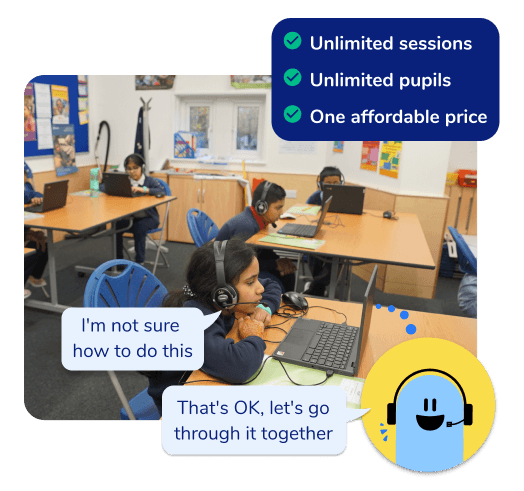
Unlimited primary maths tutoring with Skye, the voice-based AI maths tutor.
Built on the same principles, pedagogy and curriculum as our traditional tutoring but with more flexibility, reach and lower cost.
Join the schools already helping hundreds of primary pupils nationwide with Skye’s one to one maths tutoring
Watch Skye in actionWhat are the properties of 3D shapes?
The properties of 3D shapes are their faces, edges and vertices which all have specific meanings in the context of primary school maths lessons.
What is a face?
A face is a flat surface of a 3D object. For example a square based prism has 5 faces. A sphere has 1 curved surface but no face.
What is an edge?
An edge is where two line segments or faces meet. A cylinder has 2 edges.
What are vertices?
Vertices are where two lines or edges meet; in maths we refer to the corners of 3D shapes as vertices. The singular of vertices is actually vertex which can be a bit confusing. A cone has one vertex, and a cube has 8 vertices.
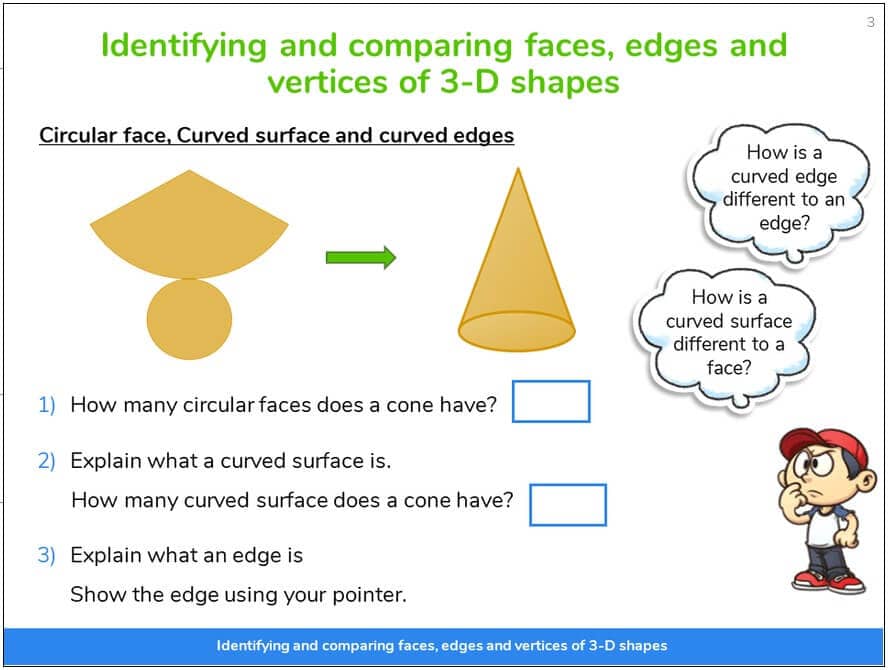
3D shapes names
These are the 3D shapes names:
- Sphere
- Hemisphere
- Cone
- Tetrahedron or Triangular-based pyramid
- Cylinder
- Triangular prism
- Hexagonal prism
- Pentagonal prism
- Cube
- Cuboid
Properties of 3D shapes
As well as the names, children need to know the properties of 3D shapes as listed below and in the printable table.
- A sphere has 1 curved surface.
- A hemisphere has 1 face, 1 curved surface and 1 edge.
- A cone has 1 face, 1 curved surface, 1 edge and 1 vertex.
- A tetrahedron, or triangular-based pyramid, has 4 faces, 6 edges and 4 vertices.
- A square-based pyramid has 5 faces, 8 edges and 5 vertices.
- A cylinder has 2 faces, 1 curved surface and 2 edges.
Prisms
- A triangular prism has 5 faces, 9 edges and 6 vertices.
- A cube has 6 faces, 12 edges and 8 vertices.
- A cuboid has 6 faces, 12 edges and 8 vertices.
- A pentagonal prism has 7 faces, 15 edges and 10 vertices.
- A hexagonal prism has 8 faces, 18 edges and 12 vertices.
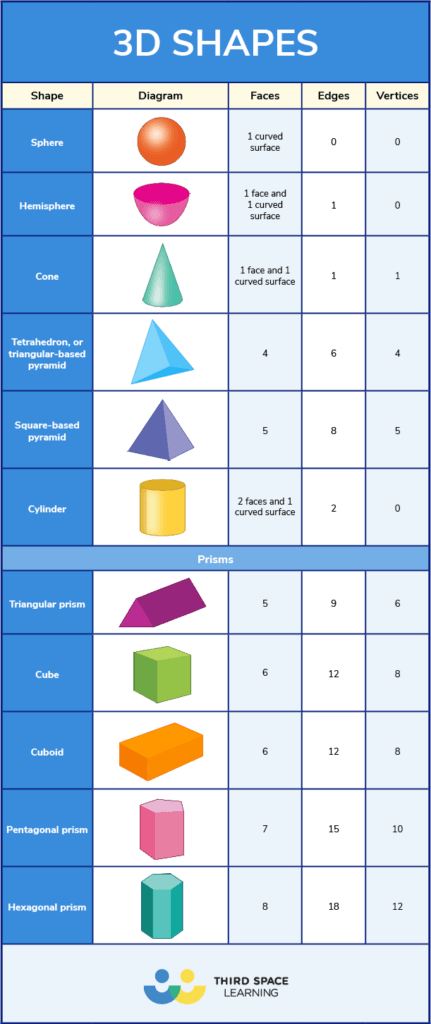
Read more: 2D And 3D Shapes: Properties of Shapes
When will my child learn about 3D shapes in primary school?
Geometry is taught in every year group in KS1 and KS2. Here’s what the National Curriculum expects to be taught about 2D shapes and 3D shapes, separated by year:
3D shapes in Year 1
Year 1 pupils should be able to:
- Recognise and name common 2-D and 3-D shapes, including: 2-D shapes [for example, rectangles (including squares), circles and triangles]; 3-D shapes [for example, cuboids (including cubes), pyramids and spheres].
- Non-statutory guidance: Pupils handle common 2-D and 3-D shapes, naming these and related everyday objects fluently. They recognise these shapes in different orientations and sizes, and know that rectangles, triangles, cuboids and pyramids are not always similar to each other.
3D shapes in Year 2
Year 2 pupils should be able to:
- Identify and describe the properties of 2-D shapes, including the number of sides and line of symmetry in a vertical line.
- Identify and describe the properties of 3-D shapes, including the number of edges, vertices and faces.
- Identify 2-D shapes on the surface of 3-D shapes, for example, a circle on a cylinder and a triangle on a pyramid.
- Compare and sort common 2-D and 3-D shapes and everyday objects.
- Non-statutory guidance: Pupils handle and name a wide variety of common 2-D and 3-D shapes, including quadrilaterals and polygons, and cuboids, prisms and cones, and identify the properties of each shape (for example, number of sides, number of faces). Pupils identify, compare and sort shapes on the basis of their properties and use vocabulary precisely, such as sides, edges, vertices and faces.
3D shapes in Year 3
Year 3 pupils should be able to:
- Draw 2-D shapes and make 3-D shapes using modelling materials and recognise 3-D shapes in different orientations and describe them.
- Non-statutory guidance: Pupils’ knowledge of the properties of shapes is extended at this stage to symmetrical and non-symmetrical polygons and polyhedra. Pupils extend their use of the properties of shapes. They should be able to describe the properties of 2-D and 3-D shapes using accurate language, including lengths of lines and acute and obtuse for angles greater or lesser than a right angle.
3D shapes in Year 4
Year 4 pupils should be able to:
- Identify lines of symmetry in 2-D shapes presented in different orientations.
- Non-statutory guidance: Pupils continue to classify shapes using geometrical properties, extending to classifying different triangles (for example, isosceles, equilateral, scalene) and quadrilaterals (for example, parallelogram, rhombus, trapezium).
3D shapes in Year 5
Year 5 pupils should be able to:
- Identify 3-D shapes, including cubes and other cuboids, from 2-D representations and distinguish between regular and irregular polygons based on reasoning about equal sides and angles.
Year 6 pupils should be able to:
- Draw 2-D shapes using given dimensions and angles and recognise, describe and build simple 3-D shapes, including making nets.
How do 3D shapes relate to other areas of maths?
When working with fractions, children will often have to shade a fraction of a shape. They will have to relate their understanding of perimeter, area and volume to 3D shapes.
3D shapes questions
1. How many vertices on a cube?
(Answer: 8)
2. How many squares make up the net of a cube?
(Answer: 6)
3. Complete the table.
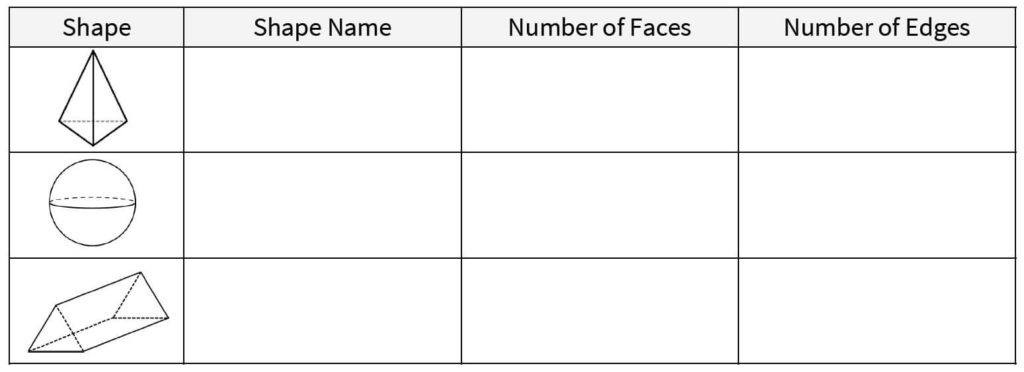
(Answer: Triangular based pyramid, 4 faces, 6 edges / Sphere, 0 faces, 0 edges / Triangular prism, 5 faces, 9 edges)
3D shapes worksheets
- Year 2 Independent Recap – Properties of 3D Shapes Worksheet
- Year 1 Ready-to-go Lesson Slides and Shapes Worksheets
- Year 5 Maths Code Crackers – Properties of Shapes Worksheet
Wondering about how to explain other key maths vocabulary to your children? Check out our Primary Maths Dictionary For Kids. Why not check out some of our other blogs related to 3D shapes:
DO YOU HAVE STUDENTS WHO NEED MORE SUPPORT IN MATHS?
Skye – our AI maths tutor built by teachers – gives students personalised one-to-one lessons that address learning gaps and build confidence.
Since 2013 we’ve taught over 2 million hours of maths lessons to more than 170,000 students to help them become fluent, able mathematicians.
Explore our AI maths tutoring or find out about a primary school maths tutor for your school.
